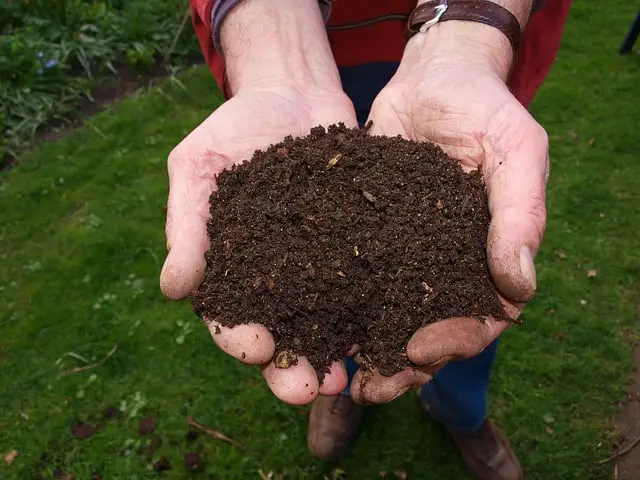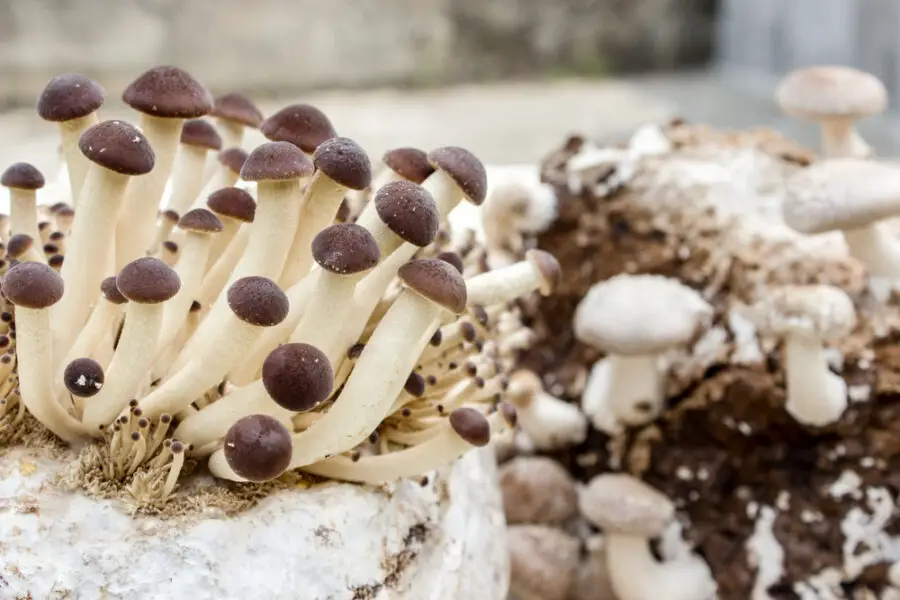Hunting for morels can be a rewarding — and delicious — experience. These earthy, nutty, hearty mushrooms can be a fantastic addition to many different kinds of dishes, especially if they’ve been freshly foraged!
However, finding them can prove quite challenging. Knowing where they grow is half the battle. So what state has the most morels in it?
Well, there are plenty of great places in the U.S. for foraging morels, but there isn’t any single “best state.” However, certain states and regions, such as middle Tennessee, Michigan, Maine, and Oklahoma see higher morel populations than other states that have less ideal conditions for the fungus to grow in.
A lot goes into finding the right place to hunt for morels, so read on to find out everything you need to know about what state has the most morels, and other tips and tricks for foraging some morels on your own!
What states are good for finding morels?
Morels can be found in most states, as there are certain times of year where the warm, wet springtime conditions necessary for them to grow in are present throughout the country. However, there are certain states where they tend to pop up more than others.
If you live in Missouri, Michigan, Iowa, Oklahoma, Tennesee, Wisconsin, and Vermont, congratulations! These states have morel populations that are much higher than average. With a good amount of searching at the proper times and in the proper places, you’ll almost definitely find some morels in the wooded areas of these states.
What states are bad for finding morels?
Some states aren’t as good for finding morels, just because the conditions for finding them aren’t as common. States like Texas, Alaska, Hawaii, New Mexico, Arizona, and other states with abnormal climates and geographical features (like deserts, tropics, or extreme cold) may not have a very long period of time where morels can thrive.
What kinds of places are good for finding morels?
The best places for finding morels are wooded areas because morels like to grow on or around dead and decaying wood. Dead and dying trees or logs on the ground are usually where you’ll find morels.
Likewise, they often pop up very frequently in places where forests have recently been burned. They are also quite common near the edges of forests, especially if the trees there are oak, elm, or ash.
When should you look for morels?
The best time to look for morels is in the spring. More specifically, from late April to mid-June is the time when morels are thriving, particularly during May. Try looking after a rainstorm when the weather is relatively warm; around 70 degrees (Fahrenheit).
What is the morel capital of the World?
The morel capital of the world is Richmond, Missouri. Missouri is a great state for finding morels in because there is often warm, wet weather (especially anywhere nearby the river or streams).
Do morels grow near water?
Yes! Morels can very frequently be found growing in the rich soil nearby rivers, streams, and lakes. Hunting nearby these places is a very good idea if you’re looking to get started with foraging for your own morels.
Do morels grow near swamps?
Morels do not grow in or near swamps. It’s true that morels like warm, wet conditions, which swamps have plenty of. However, they also need fairly rich soil and plenty of decaying organic matter to grow out of. Since trees don’t grow very effectively in swamps and there isn’t any very rich soil, morels will have a very hard time growing in these kinds of areas.
It’s best to look somewhere else for morels if you live in a swampy area.
Do morels grow in the Southeast?
Morel season starts a bit earlier in the Southeast, due to the hotter weather. It starts in around mid-March and doesn’t last very long. Morels are reported to have appeared in Georgia, Alabama, Louisiana, and Mississippi, but not in some of the deeper southern states like Florida, where the weather is too hot and the conditions are not right for morel growth.
Do morels grow in the Northeast?
Yes. The northeast U.S. is a pretty good place for hunting for morels. There is plenty of forest in the area, and a long spring season accompanied by plenty of rainfall. These conditions make morels a fairly common occurrence, at least compared to some other regions in the country.
The best states for finding morels in the northeast are Vermont and Pennsylvania. The morels in this region aren’t as large or abundant as the Midwest and are a bit tougher to find, but they are there for those who look! Look near ash, elm, and apple trees that have recently died.
Do morels grow in the Midwest?
Absolutely. The Midwest is the best place to look for morels in the nation. From Northern Tennesee all the way up through Michigan, morels grow in abundance from April to June in this region.
The morels here are not only easier to find, but they are larger as well. Oak, ash, and elm trees are in abundance in this area, so finding morels in the edges of the woods that litter this region shouldn’t be too tough for those who look hard enough.
Do morels grow in the Southwest?
Morels can sometimes struggle with growing in parts of the southeastern United States. This region gets very hot, which can be a problem for morels because they prefer moderately warm conditions.
This area also has large swathes of desert, a climate that morels (and most other fungi) have no chance of living in. There are some forested parts of the southeast U.S., and there might be morels there. However, this isn’t the best region for foraging for these delicious earthy mushrooms.
Do morels grow in the West?
Morels do grow in the West in different amounts. Southern California, Colorado, Montana, Idaho, and Wyoming are all solid places to look for morels in the April-June window. Some of this is by happenstance, especially in California, where morels can spring up out of mulch imported from more morel-friendly areas!
The Pacific Northwest is actually a hotspot for natural morel growth, though, as the long spring and wet conditions, as well as the forest landscape, create the perfect conditions for morels to thrive.
Hi, I’m John Stephens, chief editor and writer for Totalgardener.com. I’ve been gardening and raising animals for over 15 years starting with a small backyard plot in Northern Virginia where I grew corn, potatoes, squash, and using a high mulch technique called the Ruth Stout Method. I also raised ducks and small mammals for meat and eggs in a movable pen similar to the ones used by Joel Salatin. I later moved to Colorado where I experimented with growing greens using aquaponics inside. I eventually added a microgreens setup and home sprouting operation. I’m excited to share everything I’ve learned plus more from the other local gardening and animal raising experts I know.



